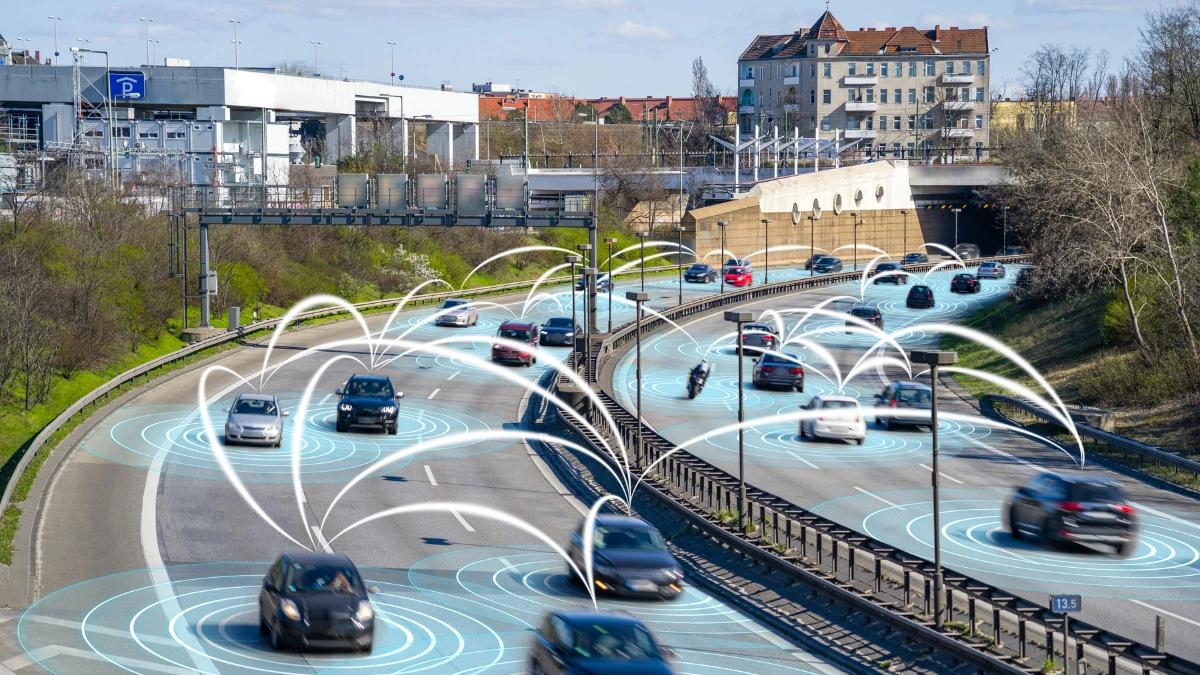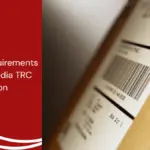Dedicated Short-Range Communication (DSRC) is a futuristic feature that represents technological innovation in transportation.
You may be surprised by the capabilities of Dedicated Short-Range Communication, which allows vehicles to communicate with each other and provide information about potential hazards, such as sudden braking or accidents within a radius of hundreds of meters ahead.
Are you familiar with Dedicated Short-Range Communication? This article will provide a deeper understanding of DSRC, including its definition, how it works, its benefits, and its regulations in Indonesia.
Also Read
Table of Contents
What is a Dedicated Short-Range Communication?
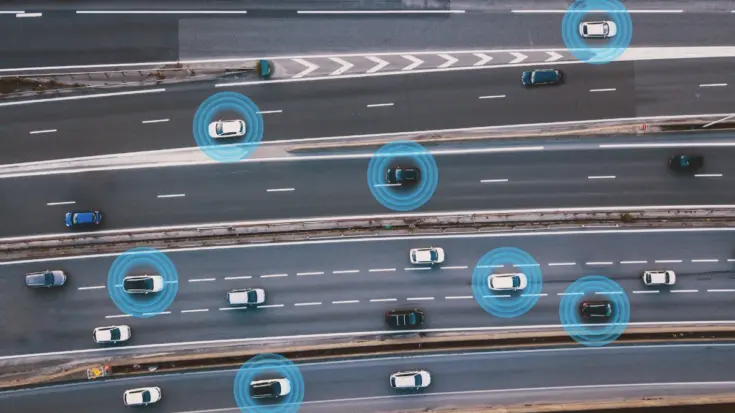
Dedicated Short-Range Communication (DSRC) is an electronic device installed in vehicles that enables communication between vehicles (Vehicle-to-Vehicle / V2V).
Not only between vehicles, but with this device, vehicles can also receive information from smart infrastructure, such as traffic lights or electronic message signs (Vehicle-to-Infrastructure / V2I).
DSRC can provide information about surrounding conditions, traffic congestion, accidents, or adverse weather conditions ahead within milliseconds.
This is certainly a welcome development for road users, as it enhances road safety, reduces accidents, and makes traffic systems more efficient.
How Does Dedicated Short-Range Communication Work?
Dedicated Short-Range Communication (DSRC) works through radio signals with a specific frequency over short distances using the 5.9 GHz band.
In performing its functions, DSRC is built with On Board Unit (OBU) system components installed in vehicles and Road Side Unit (RSU) installed in road infrastructure.
The OBU operates by sending and receiving data from other vehicles or from the infrastructure. Meanwhile, the RSU functions as a ‘monitoring tower’ that serves as a link between vehicles and the city’s transportation system.
The RSU can detect road conditions, such as if there is an accident on the highway a few hundred meters from your vehicle, the RSU will immediately send a notification to the OBU in your car, so you can be aware of the danger and take precautions.
The Benefits of Dedicated Short-Range Communication
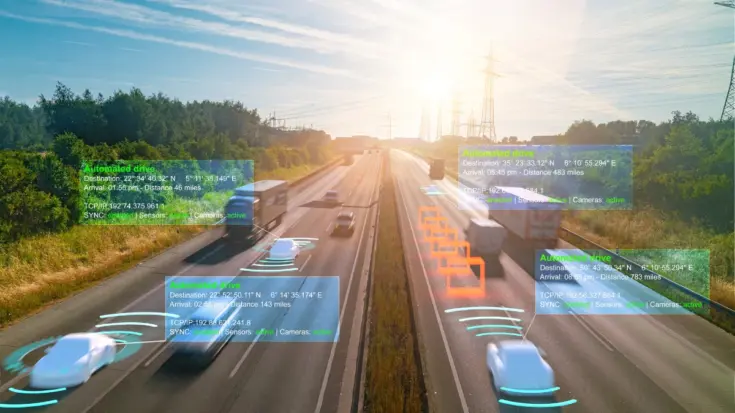
Dedicated Short-Range Communication (DSRC) provides many benefits, especially to provide information about surrounding conditions, traffic congestion, accidents, or adverse weather conditions ahead within milliseconds. Here are some of the main benefits:
1. Traffic becomes more efficient
One of the advantages of DSRC is that traffic becomes more efficient. This device is part of a traffic management system that helps optimize traffic flow and reduce congestion by providing real-time information directly to your car.
2. Can be integrated with smart systems
Another advantage of DSRC is that it can be integrated with smart systems. Smart transportation applications, such as driver assistance systems, autonomous vehicles, and fleet management, can be integrated with DSRC.
3. Better user experience
With DSRC, road conditions and potential hazards will be communicated directly to your vehicle. This information is certainly very helpful for drivers to make more accurate decisions and reduce stress while driving with smoother travel information.
4. Enhanced driving safety
Another advantage of DSRC is improved driving safety. You can exchange information about road conditions, potential hazards, the presence of other vehicles, and adverse weather conditions, enabling drivers to quickly react to hazardous situations and thereby reduce the risk of accidents.
Dedicated Short-Range Communication Regulation in Indonesia
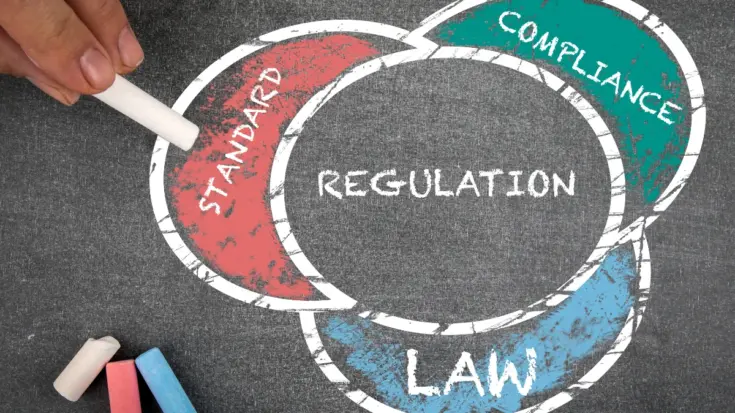
The Dedicated Short-Range Communication (DSRC) technologies such as Short Range Devices (SRD) that operate within a specific frequency spectrum. In Indonesia, any SRD-based wireless device is required to have a DJID (Directorate General of Digital Infrastructure) under the Ministry of Communication and Digital (KOMDIGI).
DSRC regulation is based on KEPMEN No. 260 Tahun 2024 for SRD, which requires all radio frequency-based devices to meet specific technical standards before being sold in the country.
The DJID certification ensures that the product meets government safety and quality regulations and does not interfere with other communication devices. The certification process involves technical testing, such as frequency adjustments, safety checks, and compatibility with the surrounding environment.
Once the tests are completed, products that pass are listed in a Test Result Report, which confirms that the product is safe and ready for sale in Indonesia. This report reassures customers that the product meets technical standards and is secure.
For companies wanting to sell a DSRC in Indonesia, Type Approval Certification Services for ICT Products are available to assist with this process. This service includes preparing technical and legal documents, conducting required testing, ensuring compliance with regulations, helping companies streamline the certification process, and giving consumers confidence in certified products.

